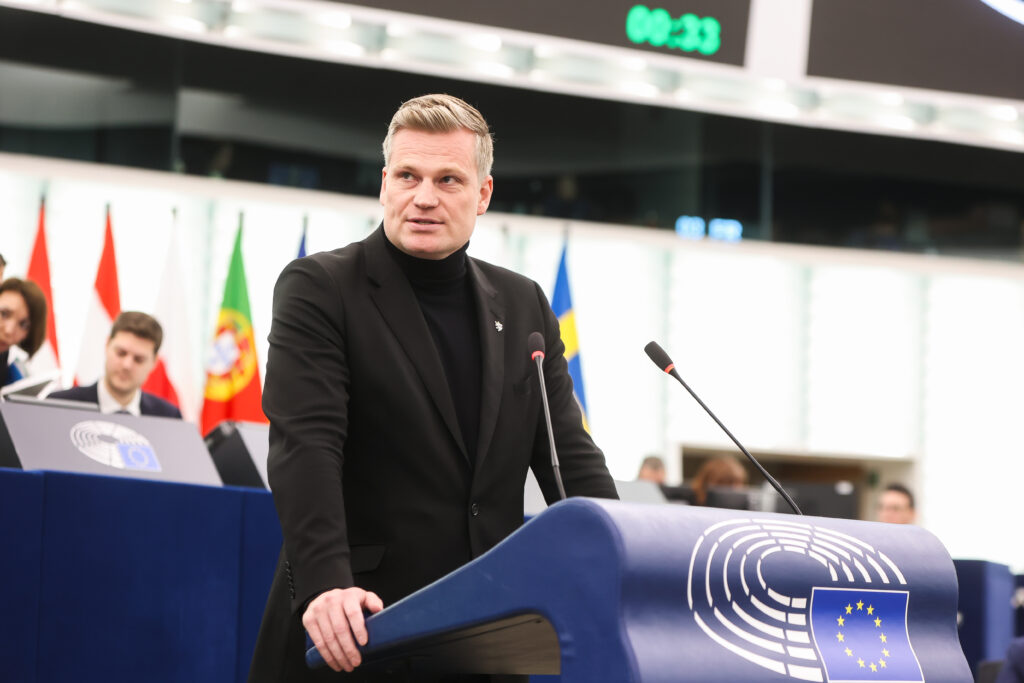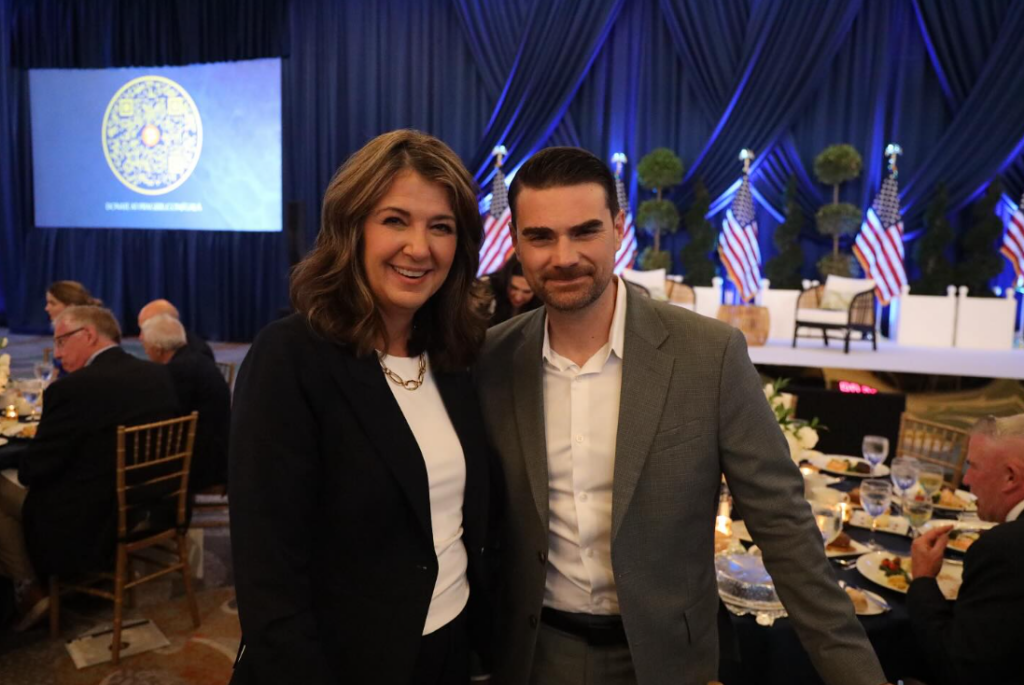Q: What does Koch Industries do when it needs better PR?
A: Hire a veteran helper of the tobacco industry.
At O’Dwyer’s, Kevin McCauley writes January 9 in ”Koch Bros Lure Burson PA, Crisis Chair”:
“Steve Lombardo, PA/crisis chair at Burson-Marsteller in Washington since April, is moving to Koch Industries next month for the chief communications/marketing officer slot.
The 53-year-old sees an opportunity to showcase how the $115B Wichita-based conglomerate works to improve the lives of people around the world, according to Politico.
Prior to B-M, Lombardo helmed Edelman’s StrategyOne research operation, ran his own shop for an eight-year span and served as vice chairman of Blue Worldwide, Edelman’s advertising unit.
Lombardo has been involved in Republican politics, recently serving as senior research and communications director for Mitt Romney presidential run.
KI is the firm of conservative activists Charles and David Koch. Their empire includes Georgia-Pacific, Koch Pipeline/Fertilizer, Molex (electronic components), Flint Hills Resources, INVISTA (chemicals), Matador Cattle and Odessa Power.
Lombardo and Edelman colleague Jackie Cooper wrote about the “Republican Brand Problem” in O’Dwyer’s in December 2012.
PR firm Burson-Marsteller and Lombardo both have relevant histories with tobacco.
Big Tobacco has long supported the Heartland Institute and other thinktanks funded by the Koch Brothers and allies, and partnered with Kochs to foster the Tea Party, as documented by UCSF‘s Fallin, Grana and Glantz (2013). Tobacco companies often used B-M, found in 8,000+ documents of the Legacy Tobacco Documents Library. The UCSF research paper mentions B-M 14 time, including its 1992 proposal to RJ Reynolds:
“‘Grounded in the theme of “The New American Tax Revolution” or “The New Boston Tea Party”, the campaign activity should take the form of citizens representing the widest constituency base mobilised with signage and other attention-drawing accoutrements such as lapel buttons, handouts, petitions and even costumes.’”
Steve Lombardo appears in 600+ documents, often working for himself or other firms, and was noticed by the tobacco companies as far back as 1995, where it was said of his work for PhRMA (a Heartland funder, p.24):
“His firm has tried to help the pharmaceutical industry bridge an image gap.”
In 1997, Lombardo wrote a memo for RJ Reynolds (famed for Joe Camel, a great PR campaign for getting kids to smoke cigarettes), that included some “good news”:
‘Despite some minor fluctuations in opinions over time, the American public consistently and overwhelmingly rate ‘the influence of peers and friends’ as the primary reason that youth initially begin smoking (average over six nights – 55%) .
In contrast, only one in ten cite the ‘tobacco industry and their advertising’ as reasons that youth initially begin smoking.’
He also wrote Brown and Williamson in 1997, presciently of the later Tea Party:
‘For the last ten to twenty years, the tobacco industry has spend (sic) millions of dollars to build one of the strongest grass roots coalitions in America. This has been primarily made up of smokers, Americans who hold “anti big-government” sentiments, political conservatives, Republicans, older Americans and those living in the south and west.’
In 1998, RJR was thinking about getting help from him for “Carolyn Brinkley, who runs our youth programs in the USA.”
By 2000, he was helping Philip Morris assess different ad campaigns:
‘many participants expressed the idea that PM was ;
“showing a human face”
“taking responsibility”
“helping kids”’
Those examples were found in mere minutes, just scratching the surface.
When they need PR help, Koch Industries sure knows how to find the “best.”
H/T: UC San Francisco, for the Legacy Tobacco Documents Library.
Image Credit: Mr. Green / Shutterstock
Subscribe to our newsletter
Stay up to date with DeSmog news and alerts







